What is Qigong
Qigong is the art of life. When we see people practicing slow gentle movements in the early morning, in parks in China and most countries today we may think they are playing Tai Chi, but they are actually cultivating their life force energy (Qi). Qigong is a relatively a new term used since the 1950’s ans is used to describe all the Chinese energy healing techniques, so technically Tai Chi (Taijiquan) is one type of Qigong. The art of Qigong consists primarily of meditation, relaxation, physical movement, mind-body integration and breathing exercises. There are thousands of different styles and systems either done standing, moving, walking, sitting or laying down.
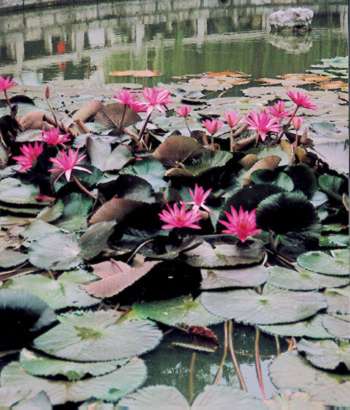 In Traditional Chinese Medicine, good health is a result of a free-flowing, well-balanced energy system. Ailments both physical and emotional may occur when Qi flow is blocked or impeded, causing imbalance and dysfunction in the body’s energy system. With regular practise Qigong helps to cleanse the body of toxins, restore energy, reduce stress and anxiety, and help individuals maintain a healthy and active life
In Traditional Chinese Medicine, good health is a result of a free-flowing, well-balanced energy system. Ailments both physical and emotional may occur when Qi flow is blocked or impeded, causing imbalance and dysfunction in the body’s energy system. With regular practise Qigong helps to cleanse the body of toxins, restore energy, reduce stress and anxiety, and help individuals maintain a healthy and active life
Three main categories of Qigong
- Martial/Sports Qigong
- Medical/Healing Qigong
- Spiritual/Meditation Qigong
There are basically two types of Qigong training, external and internal.
External Training also known as Wei Gong, (Yang) relates to the physical movement forms, the external movement stimulates and guides the flow of Qi.
Internal Training also known as Nei Gong, (Yin) relates to the movement and stillness forms where internal concentration or intention stimulates and guides the flow of Qi.


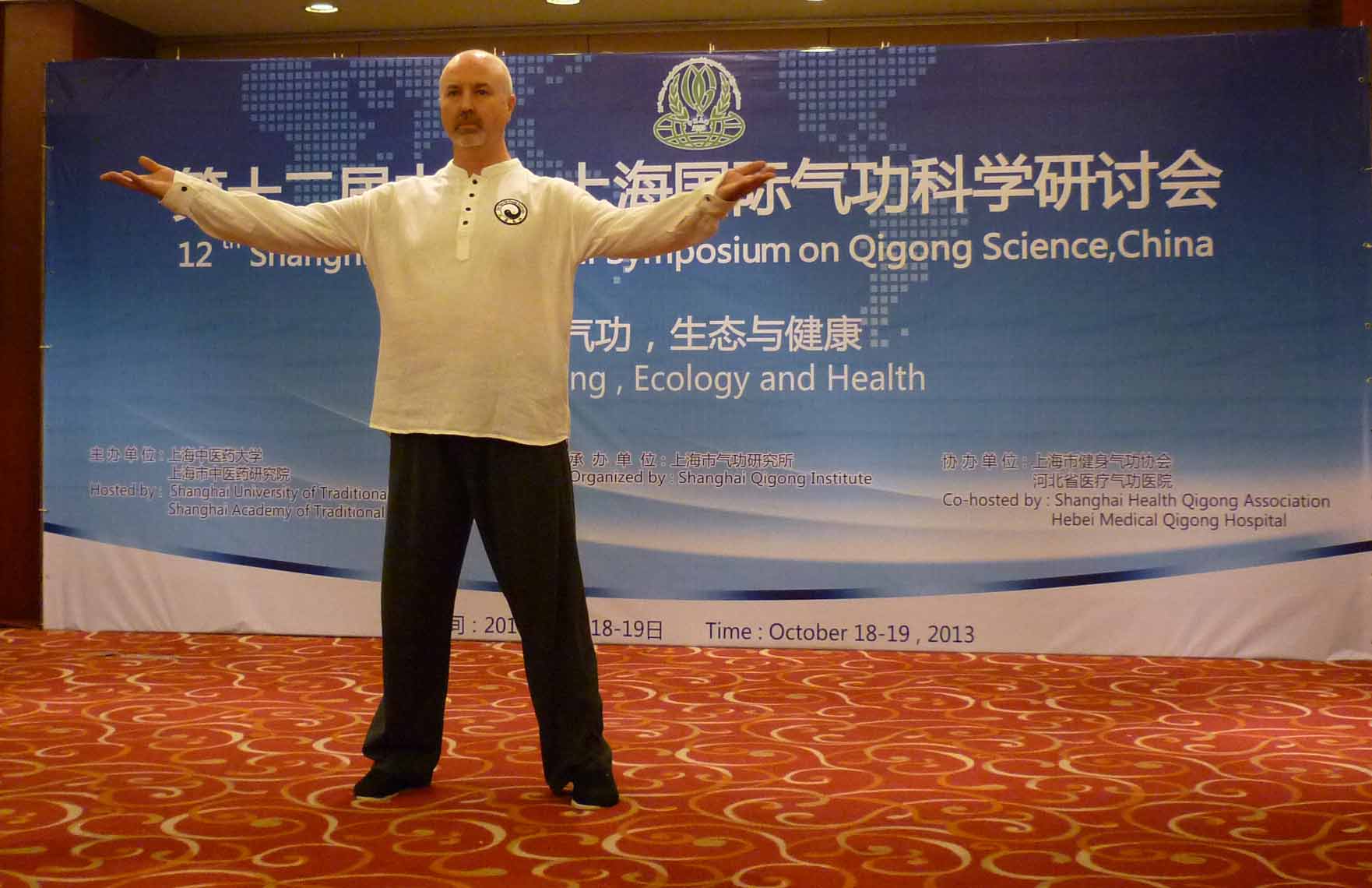
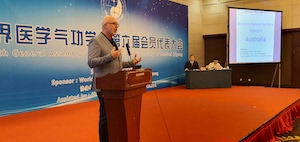
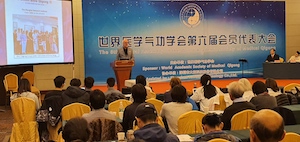

 In Traditional Chinese Medicine, good health is a result of a free-flowing, well-balanced energy system. Ailments both physical and emotional may occur when Qi flow is blocked or impeded, causing imbalance and dysfunction in the body’s energy system. With regular practise Qigong helps to cleanse the body of toxins, restore energy, reduce stress and anxiety, and help individuals maintain a healthy and active life
In Traditional Chinese Medicine, good health is a result of a free-flowing, well-balanced energy system. Ailments both physical and emotional may occur when Qi flow is blocked or impeded, causing imbalance and dysfunction in the body’s energy system. With regular practise Qigong helps to cleanse the body of toxins, restore energy, reduce stress and anxiety, and help individuals maintain a healthy and active life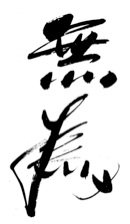 Wu Wei
Wu Wei